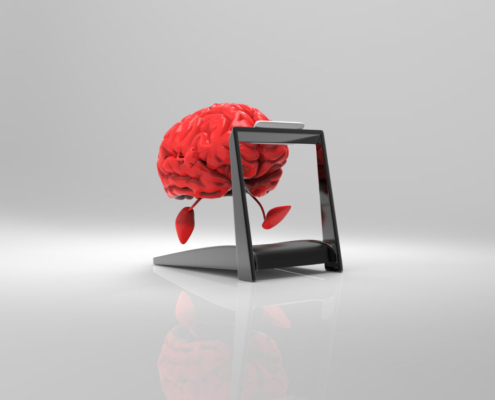Mindwire Neurofeedback Brain Training Series: Week 1-Mindfulness
Mindfulness refers to the practice of intentionally directing one’s attention to the present moment without judgment. This definition, often attributed to mindfulness pioneer Jon Kabat-Zinn, highlights three key components of mindfulness: paying attention, on purpose, and without judgment.
Paying attention involves actively engaging with our experiences, rather than being on autopilot or allowing our minds to wander. Being on purpose means that we intentionally choose to direct our attention, rather than being pulled in various directions by distractions. Without judgment means that we observe our experiences without evaluating or criticizing them, allowing us to simply be present with what is.
Overall, mindfulness can be a powerful tool for cultivating greater awareness, reducing stress and anxiety, and fostering a sense of peace and well-being in our lives.
Challenge Exercises:
- Sight: Take a “mindful minute” to focus on your surroundings. Look around and notice five things you can see, without labeling them or judging them in any way. Simply observe them as they are.
- Hearing: Close your eyes and listen for three sounds you can hear. Notice the different qualities of each sound, such as its pitch, volume, and tone. Focus on the sounds and try to let go of any thoughts or distractions that may arise.
- Smell: Take a deep breath and focus on the smells around you. Notice any scents that are present, without labeling them as good or bad. Try to take in the smells fully and pay attention to any feelings or memories they evoke.
- Taste: Choose a food or drink and take a few moments to savor it mindfully. Take small bites or sips, and focus on the flavors, textures, and sensations in your mouth. Try to fully experience each bite or sip, without rushing or multitasking.
- Touch: Pay attention to the sensations in your body as you move or engage in an activity. Notice the feeling of your feet on the ground, the breeze on your skin, or the texture of an object you’re holding. Focus on the physical sensations and try to be fully present in your body.
- Thoughts: Sit in a quiet place and focus on your breath. As thoughts come into your mind, label them as “thinking” and let them go. Try not to get caught up in any one thought, but instead allow them to pass through your mind like clouds in the sky.
- Emotions: Take a few deep breaths and bring to mind a difficult emotion you’ve been experiencing. Notice where you feel the emotion in your body and allow yourself to fully experience it without judgment. Acknowledge the emotion and allow it to be present, without trying to change or fix it.




